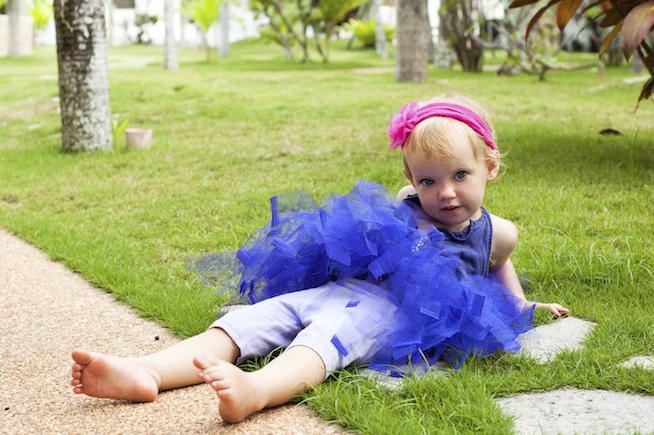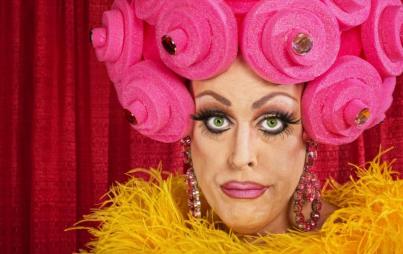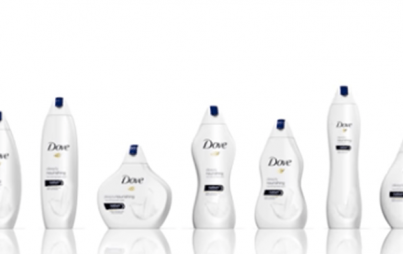
"The tutu is never the problem."
When she was about two and a half, my daughter Alicia began regularly saying — or more often, screaming — “I have to be pretty,” as an explanation for why she had to wear a pink shirt or a dress, and never pants. My instinct was to bristle and tell her she didn’t have to be pretty and that she wouldn’t be able to climb at the playground if she wore a dress. “I don’t want to climb. I have to be PRETTY!”
I believed she had been indoctrinated by the well-meaning strangers on the street who were always saying things like, “You have a pink dress! So pretty!” and I felt like strangling them for not only teaching my daughter to aspire to be pretty above all else, but also for introducing her to a lifetime of being subjected to unsolicited comments on her appearance — the prelude to sexual harassment — every time she leaves the house.
As Alicia’s insistence on pretty intensified, I realized it was not as simple as brainwashing, but was actually an important part of who she is and how she expresses her gender. I realized that my role as a feminist mom was not going to involve helping her row against the tide of pink that bombards our little girls from the day they are born. Instead, it was going to involve supporting and embracing her love of all things girly while continuing to critique the many, many horrible aspects of gendered marketing to kids — an equally difficult task, and one that has forced me to examine my own deep-rooted issues with femininity.
I grew up in Scotland in the '80s and, even though my parents didn’t consciously identify as feminists, a certain brand of second-wave feminism permeated the specific middle-class culture that we belonged to: tomboys were praised and girly girls were looked down on. I longed to be like the girls at school who wore pink clothes and had My Little Ponies, but I knew I was supposed to be different, ‘better’ than them. My weekend friends — the kids of my parents’ friends — proudly rejected all things girly and I went along with it, making fun of TV ads for girls’ toys and pretending blue was my favorite color. Meanwhile, at school, I went around telling the girls in my class that their dresses and earrings were “silly” and “stupid” — the words I had learned to associate with all things girly. (No wonder I was never the most popular girl in the class!)
While this may be an extreme case for a cisgender girl, most of us are raised with a certain amount of femmephobia. Even little girls who are encouraged to wear pink and play with “girl toys” soon grow up to learn that they get less respect and are assumed to be less intelligent if they wear heels, low-cut tops, or “too much” makeup. Taking an interest in fashion is still seen as frivolous. These days, of course, I recognize all this for the misogynist crap it is. At least I thought I did, until I found myself hiding my daughter’s tutu because I was getting so creeped out by all the “pretty princess” comments she received from strangers on the street whenever she wore it in public.
That was when I realized I needed to take a huge step back and seriously check my attitude. The tutu was not the problem. Pretty was not the problem either, because there’s nothing wrong with wanting to be pretty. The problem, of course, is that there’s plenty wrong with wanting to be pretty when pretty means thin, white, blonde, blue-eyed, and for cisgender girls only, or when you only want to be pretty because other people say you should. Moreover, while most little girls are constantly told how pretty they are, those who don’t conform to a certain narrow beauty ideal are soon excluded from the pretty club.
But what I hadn’t really considered was that my daughter wasn’t talking about this distorted societal idea of pretty. Pretty, to her, has nothing to do with inherent attractiveness and everything to do with decoration: dresses, skirts, jewelry, sparkly hair bands, pretty colors. When she says “Mommy, you’re not pretty today,” she just means I need to wear brighter colors. When she says “Daddy, you’re always the unprettiest,” she just means he needs to put on a dress once in a while. When she says “I’m the prettiest,” she’s not really boasting, she’s stating a fact based on who’s wearing the most necklaces. And when she says “Everyone’s pretty in Alicia-land,” I wish we all lived in Alicia-land and had such a liberated understanding of pretty. (OK, so she still frowns upon my insistence that that not everyone wants to be pretty, but we’ll get there.)
Of course, there’s still a lot of work to do. My daughter will soon learn that some bodies are considered inherently pretty and others aren’t, and that some people are supposed to try to be pretty and some aren’t, and I know it’s going to be a long, uphill struggle to un-teach the insidious definition of pretty that is all around us. But for now, I want to hold onto the lesson she has taught me: that pretty is something we do, not something we are, and there’s nothing silly, stupid, or frivolous about it. Also, the tutu is never the problem.








